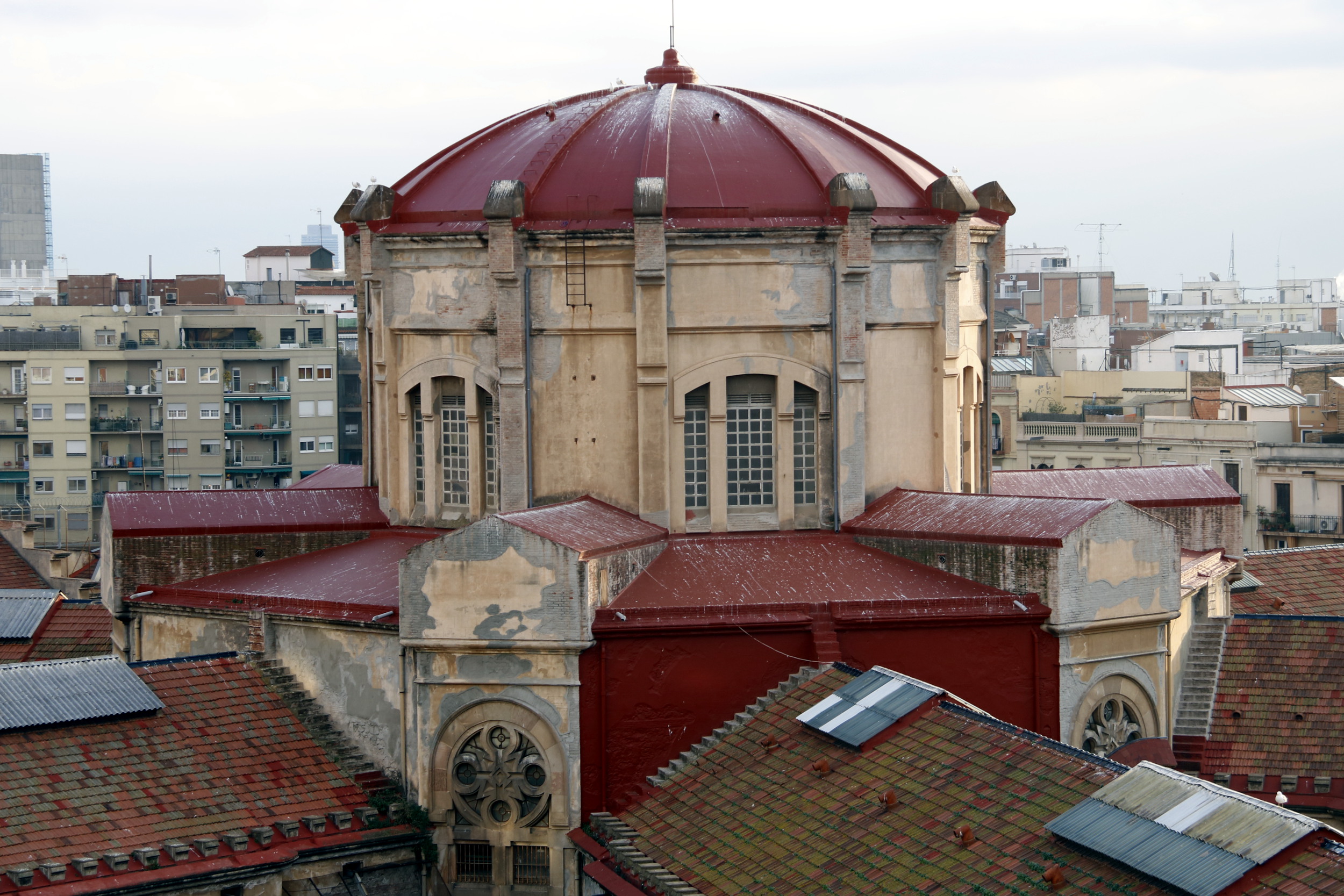Barcelona’s Model prison, a historic symbol of political repression, starts to be dismantled
Catalonia’s oldest prison, ‘Model’, will finally close its doors this summer, the Catalan Ministry for Justice announced on Monday. The inmates, currently more than 900, will be first relocated to Brians 1 prison, about 40 kilometres south of Barcelona and Mas Enric, in the Tarragona region. “Not closing the prison would have implied 25 MEUR worth of repairs”, Catalan Minister for Justice, Carles Bundó, explained. However, closing ‘Model’ doesn’t only respond to the need for reforms but to a historic vindication from both neighbours and associations. Since its opening in 1904, the prison has been the scene of almost 1,000 executions and is regarded as a symbol of the darkest episodes in Spain’s history. Once the facility is finally emptied Barcelona City Council will put a reform plan into effect to reform and give a new function to this historic building located in the centre of the city.

Barcelona (CNA).- Nearly 40 years have passed since former Spanish President, Adolfo Suárez, first suggested closing ‘Model’ prison, in Barcelona. This Monday, Catalan Minister for Justice, Carles Bundó, finally confirmed that Catalonia’s oldest prison, which has hosted about 1,000 executions since its opening and is regarded as a symbol of the darkest episodes in Spain’s recent history, will close its doors this summer. “Not closing the prison would have implied 25 MEUR worth of repairs”, explained Bundó who informed that the inmates, currently more than 900, will be first relocated to Brians 1 prison, about 40 kilometres south of Barcelona and Mas Enric, in the Tarragona region. This will raise the occupancy rate in Catalan prisons by 5% but will put at the Catalan Government’s disposal more than 2,600 vacancies. The closure of ‘Model’ will not only fulfil long-awaited claims but give a new space in the centre of the city which could merge social and civic uses with the necessary historic remembrance.
The 6th of March will be the last day when new inmates will enter ‘Model’. From the following day on, all the remand prisoners will go directly to Brians 1, which will be the new centre specialised in those people from the whole of Barcelona’s region whose trials or sentences are still pending.
The closure will lead to three big operations of inmate transfers. The first will start this Monday and consist of transferring prisoners from Brians 1 and 2 to other centres, bearing in mind the inmates’ home and their integration in the area.
The second move will focus on emptying Brians 1 and transferring its inmates to Brians 2, so that it can host prisoners from ‘Model’. The Government’s goal is to have Brians 1 ready for hosting the new inmates from the 7th of March.
Finally, the last phase will be emptying the ‘Model’ building, which is due to start on the 20th of April and be carried out progressively.
More than 2,600 new vacancies
‘Model’s closure will slightly raise the occupancy rate in prisons, which is currently 67.4% to 72.9%. However, the Catalan Government will have 2,656 new vacancies at its disposal, an amount which is bigger than the capacity of three other prisons in Catalonia.
A historic claim
In 1987, the Catalan Minister for Justice at that time, Agustí Bassols, first announced the closure of ‘Model’ prison. Since then, many announcements of demolition, reform and closure have followed. In 2015, a section started to be knocked down and the rest of it was due to gradually disappear over the following years. However, many neighbours’ associations have suggested keeping the building and giving it a social use, whereas other organisations have emphasised ‘Model’s condition as a historic witness and called for keeping it as a symbol of Spain’s political repression.
Indeed, a large number of political prisoners have been held within these walls since the prison opened its doors in 1904 and it has been the scene of almost 1,000 executions and the last use of the garrotte execution system was on 2nd March 1974 when anti-Franco activist Salvador Puig Antich was executed, despite a huge international campaign.
During the Twenties, the place was teeming with those opposed to the regime of Primo de Rivera, who christened it ‘the poor man’s university’, as classes and conferences often took place within the prison. Similarly, during Franco’s regime, it was known as ‘the ideological island’, because inmates felt that they could debate ideas and exchange opinions more freely on the inside than out. Then, there were more than 13,000 prisoners in a centre that was designed (at the time) to hold 850. The conditions were appalling and many died or committed suicide due to the poor sanitary conditions and lack of space.